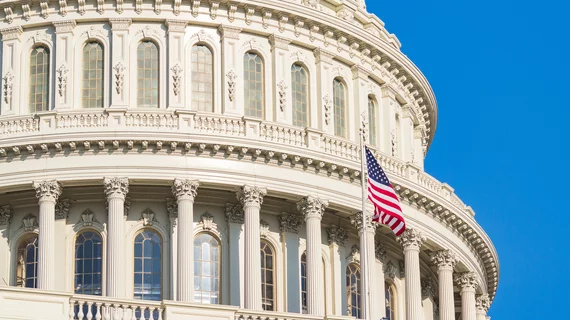More medical groups join push asking Congress to prevent $10B in cuts to imaging
More medical groups have joined a lobbying push, asking Congressional leaders to quash a payment policy change advocates estimate would cost the imaging field $10 billion over the next decade.
Altogether, 53 organizations are now asking lawmakers for relief from changes to evaluation and management codes set to take effect Jan. 1, 2021. Those include the American College of Radiology, Society of Interventional Radiology and Radiology Business Management Association, along with groups representing numerous other specialties.
They sent a letter to leaders of the House and Senate on Thursday, urging them to waive budget neutrality requirements to stave off significant reimbursement reductions across this “broad coalition.”
“We are deeply concerned that adhering to existing budget neutrality requirements for implementing the new policy will generate sizable cuts for various sections of the provider community,” they wrote June 18. “We urge Congress to recognize that now is not the time to implement any payment policy changes that will exacerbate the financial instability of healthcare providers’ practices.”
The ACR released an analysis of future payment trends last month, which found that the feds’ decision to increase reimbursement for care-related E/M services by about $5 billion in 2019 meant Congress would need to cut elsewhere. In a budget-neutral world, that boost means cuts to pay for radiologists and other providers who do not typically use such codes. Absent any legislative action, the change would cost the imaging profession $770 million in 2021 and $10 billion over the next 10 years, the analysis concluded.
Thirty medical societies first reached out to Congress in March to ask for relief from these pay cuts as the COVID crisis intensified, with 23 additional groups signing on to this latest letter.

